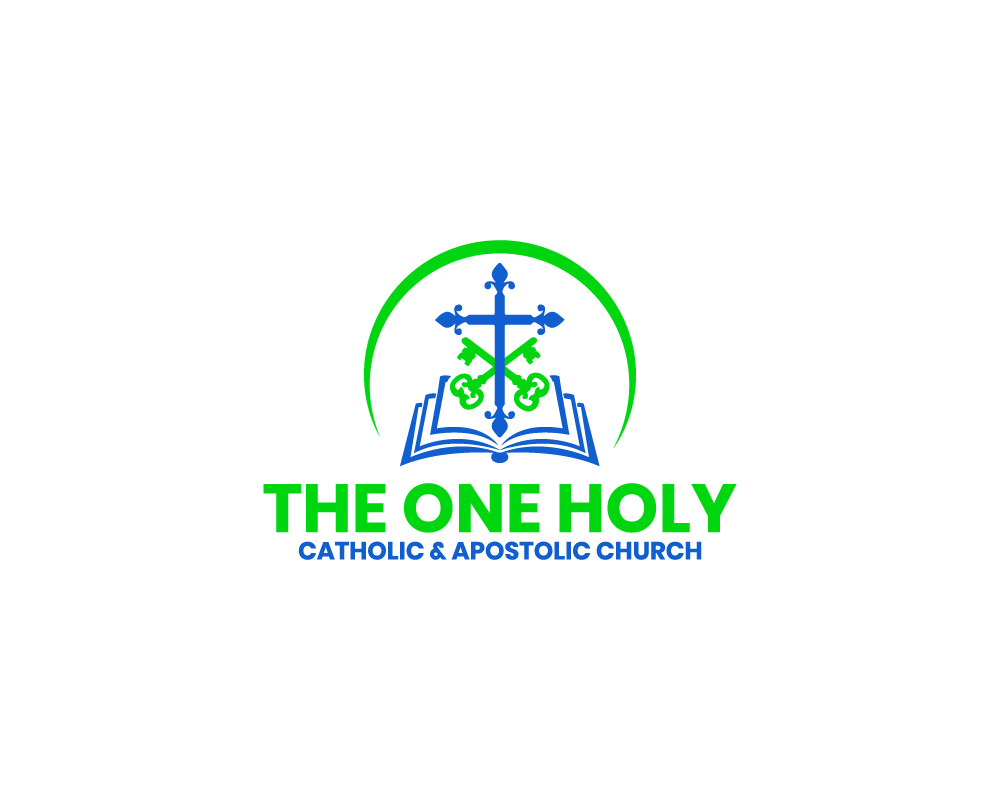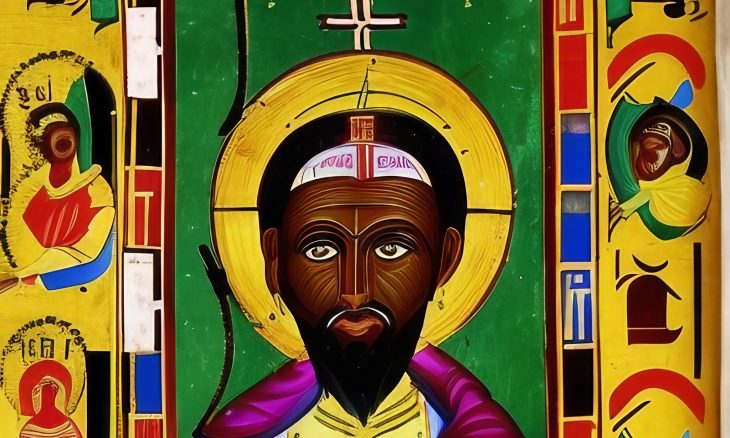“The ‘Sinodos’ or ስንዑድስ, as they are known in Ethiopian Orthodox Christianity, is akin to a sacred library of canonical texts highly revered within the faith. Written in the ancient Ge’ez language, still utilized in liturgy, and regarded as one of the foundational languages for biblical studies, the Sinodos provide a fascinating glimpse into the ancient theological underpinnings of Ethiopian Orthodoxy.”
More About The Sinodos Books
The Sinodos books hold a significant position within Ethiopian Orthodoxy’s rich religious history, revered and esteemed by members of the clergy and laity alike. These timeless texts have played an instrumental role in shaping the Church’s theology and practices throughout the ages, and their profound impact continues to permeate the ecclesiastical teachings of the present day. Evocative of deep and profound spiritualism, the Sinodos remains a cherished symbol of Ethiopia’s longstanding Christian heritage, a testament to the vital role it has played in this country’s religious evolution. As such, these texts provide a profound insight into the intricacies of Ethiopian Orthodox theology, holding a wealth of knowledge and wisdom that has endured the test of time.
Regarded as one of the most significant works of legal scholarship from the African continent, the Fetha Negest, translated from the Ethiopian language Amharic as the “Law of the Kings,” stands as a testament to the intellectual and spiritual achievements of the Ethiopian Orthodox Church. Compiled in the 14th century by Abune Ewostatewos, a prominent figure in Ethiopian Church history, the Fetha Negest represents an ambitious effort to synthesize a diverse array of legal precedents and customs into a cohesive and comprehensive legal code.
Covering such topics as property law, family law, and criminal law, the Fetha Negest provides a nuanced glimpse into the legal and cultural milieu of medieval Ethiopia, and more importantly, offers valuable insights into the traditions and ethics that have sustained the Ethiopian Orthodox Church for centuries. Today, the Fetha Negest remains indispensable to the study of Ethiopian law and society and continues to be regarded as a vital point of reference for scholars and practitioners alike.
Additional Info About The Sinodos Books
The Kebra Nagast, a historical and mythological chronicle of Ethiopia, holds significant cultural and scholarly import. This rich tome details the Queen of Sheba’s excursion to Jerusalem to visit King Solomon, her subsequent return to Ethiopia, and the birth of her son who would rise to become the country’s first king. Further, the Kebra Nagast also delves into the biblical narrative of the Ark of the Covenant and its reputed position of eminence within Ethiopian society. Given its undeniable significance, this text remains widely studied and read in Ethiopia, contributing to the ongoing discourse surrounding the country’s rich cultural heritage.
The Holy Synodos of the Ethiopian Orthodox Church is known for its rich literary tradition, which includes important texts such as the Synaxarium and the Qene. These works serve as a source of inspiration and guidance for the faithful, offering biographical accounts of over 600 saints and poetic expressions of liturgical tradition. The Synaxarium is a treasure trove of knowledge and devotion, while the Qene represents a complex form of liturgical poetry that is considered essential to the Church’s worship services. Indeed, the texts of the Sinodos stand as a testament to the depth and beauty of Ethiopian Orthodox Christian spirituality, and their profound influence can be felt to this day.
In contemporary discourse concerning the Ethiopian Orthodox Church, the utilization of the Sinodos texts has become a subject of much discussion. While some adherents of the church have raised doubts as to their applicability to present-day circumstances, others fervently advocate for the preservation of these seminal works as a bridge between the church’s cultural patrimony and current praxis. Despite the polarity of opinion with regard to the Sinodos books, they maintain an immense significance in defining the identity and religious practices of the Ethiopian Orthodox Church’s faithful. Indeed, they are still the object of rigorous study and veneration among the adherents of this hallowed institution.
In Conclusion
Throughout the centuries, Ethiopian Orthodox theologians and scholars have produced a plethora of commentaries and interpretations that complement the canonical Sinodos books. These works serve as a valuable resource for the faithful seeking to deepen their understanding of the Church’s teachings. With their keen insights and nuanced perspectives, these scholarly writings offer a unique window into the rich theological heritage of Ethiopia, cementing the country’s reputation as a bastion of spirituality and intellectual inquiry. Indeed, the rich tradition of Ethiopian Orthodox scholarship provides a roadmap for understanding the complex interplay of faith, culture, and history in this remarkable region of the world.
Undoubtedly, the Sinodos books hold a pivotal place in Ethiopian Orthodoxy, serving as a fundamental resource for comprehending the Church’s convictions, traditions, and evolution. Their literary and historical significance cannot be overstated, as they offer a window into a centuries-old religious community that has preserved its distinct identity despite external pressures and internal challenges. Moreover, the Sinodos books reflect the interplay of various cultural, linguistic, and theological influences that have shaped Ethiopian Orthodoxy, creating a rich tapestry of customs, beliefs, and practices that display both continuity and diversity.
As such, the ongoing inquiry and elucidation of these works are crucial for maintaining their relevance and vitality in a constantly changing world, where tradition and modernity intersect in complex ways. By engaging with the Sinodos books, scholars and practitioners of Ethiopian Orthodoxy can deepen their understanding of their faith’s roots and expressions, while also contributing to its ongoing evolution and adaptation. May this enduring legacy of spiritual and intellectual inquiry continue to inspire future generations of Ethiopians and scholars worldwide.



